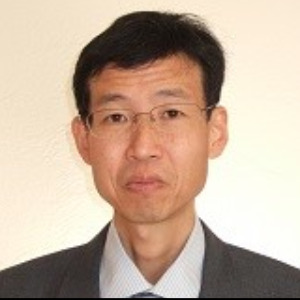Layered Materials and Heterostructures
Layered materials and heterostructures have emerged as fascinating avenues in materials science, offering unique properties and functionalities that stem from the combination of different materials in well-defined layers. Layered materials, also known as 2D materials, consist of atomically thin sheets stacked on top of each other, such as graphene, transition metal dichalcogenides (TMDs), and black phosphorus. These materials exhibit exceptional electronic, optical, and mechanical properties due to their two-dimensional nature. The distinct layers interact in intriguing ways, leading to novel phenomena like quantum confinement and tunable bandgaps. Researchers harness these characteristics to design and engineer materials with tailored properties for various applications, from next-generation electronics to energy storage.
Heterostructures, on the other hand, involve stacking different materials together, often with distinct functionalities, to create complex structures with synergistic properties. By combining materials with complementary properties, researchers can achieve unprecedented control over electronic, optical, and magnetic characteristics. For instance, combining a semiconductor with a superconductor in a heterostructure may lead to the emergence of exotic quantum states. Heterostructures are integral in the development of advanced electronic devices, sensors, and quantum technologies. The exploration of layered materials and heterostructures not only expands our fundamental understanding of materials but also opens up exciting possibilities for creating innovative technologies with enhanced performance and functionality.

Harry Ruda
University of Toronto, Canada
Raman Singh
Monash University, Australia
Paulo Cesar De Morais
Catholic University of Brasilia, Brazil
Xiao Hong Nancy Xu
Old Dominion University, United States
S V A R Sastry
Harcourt Butler Technical University, India
Vinayak Adimule
Angadi Institute of Technology and Management, India



Title : 40,000 implants in humans and no failure: The impact of nanomedicine
Thomas J Webster, Hebei University of Technology, China
Title : Cellulose-derived biochar modified with iron oxide and ZnO nanoparticles by a novel one-step pyrolytic method for removal of emerging contaminants from water
Rashad Al Gaashani, Hamad Bin Khalifa University, Qatar
Title : Harnessing the unique properties of engineered nanostructures for sensing
Harry Ruda, University of Toronto, Canada
Title : Circumventing challenges in developing CVD graphene on steels for extraordinary and durable corrosion resistance
Raman Singh, Monash University, Australia
Title : Nano DAP augments productivity, phosphorus use efficiency, and profitability of spring wheat in India
Binaya Kumar Parida, Coromandel International Ltd, India
Title : Lipid nanoparticles formulations: From bench scale to industrial scale
Mohammad A Obeid, RAK Medical and Health Sciences University, United Arab Emirates